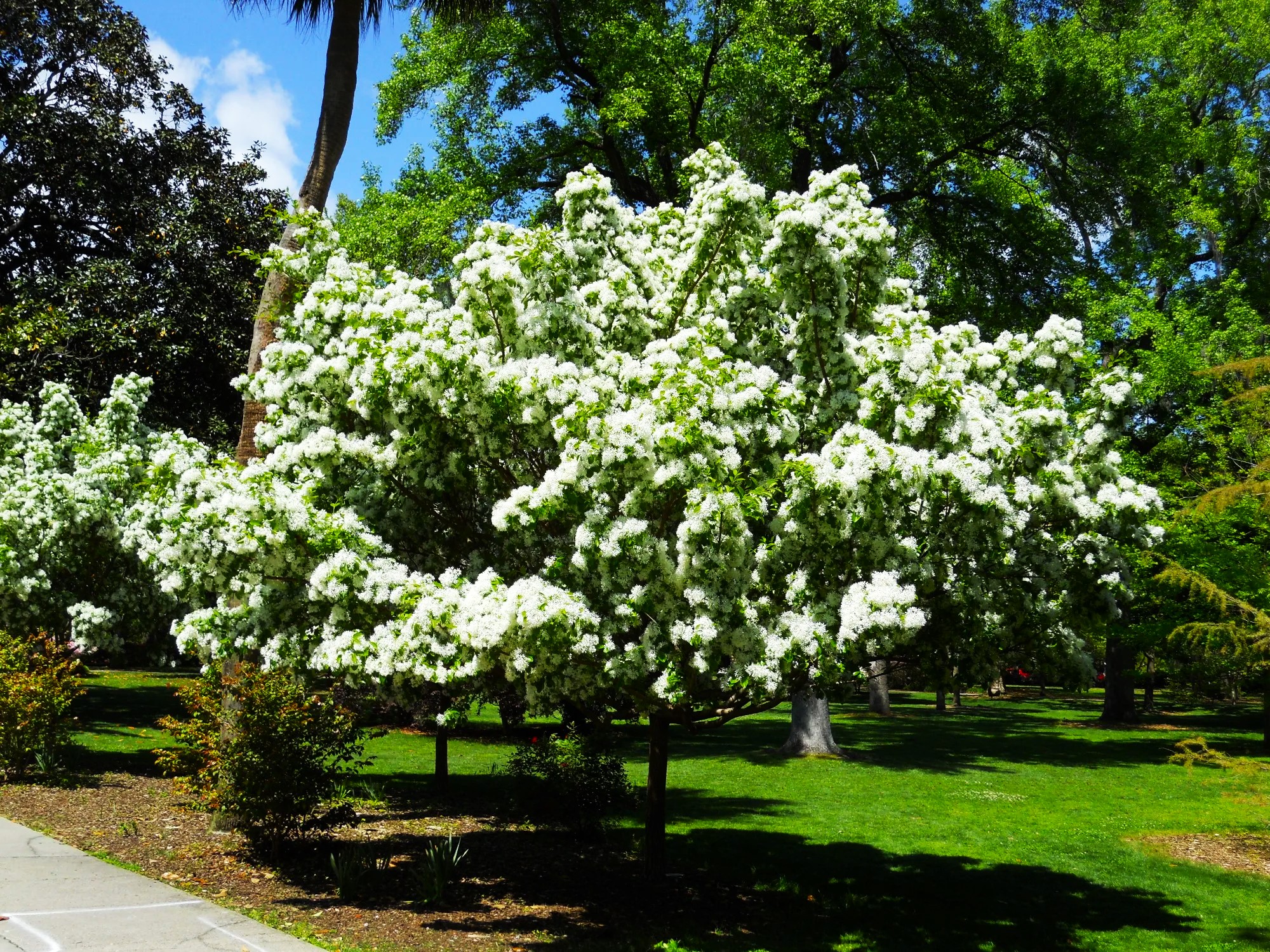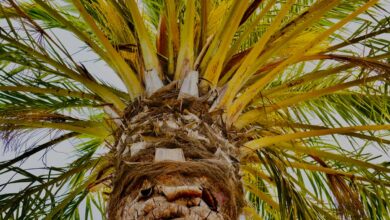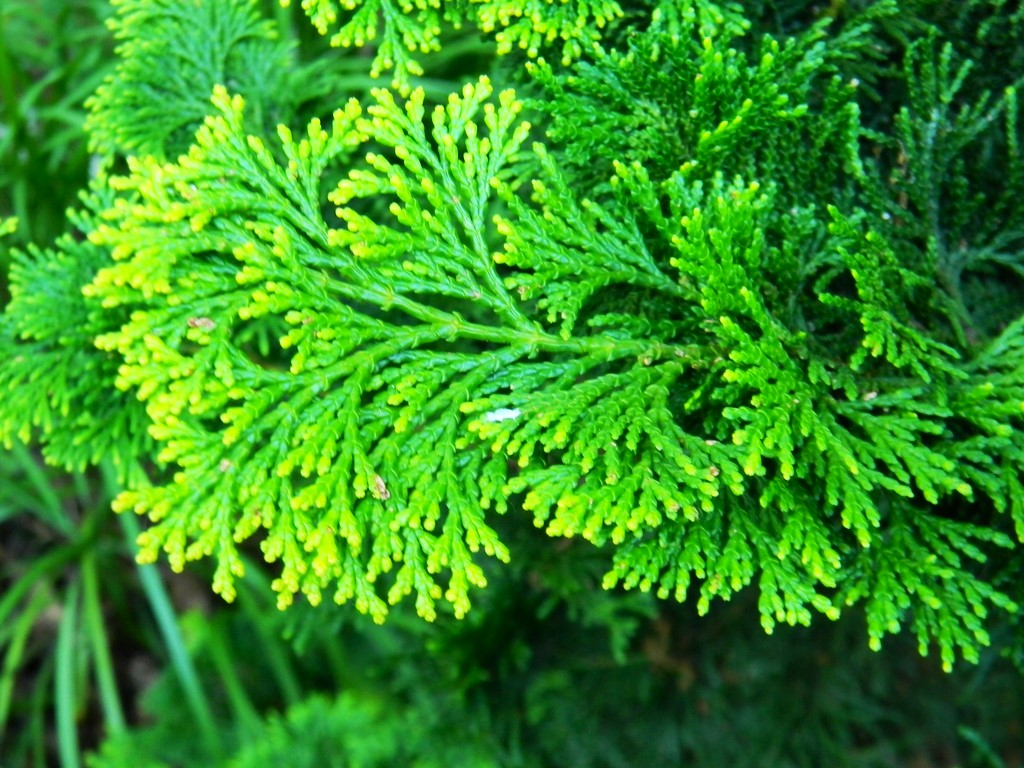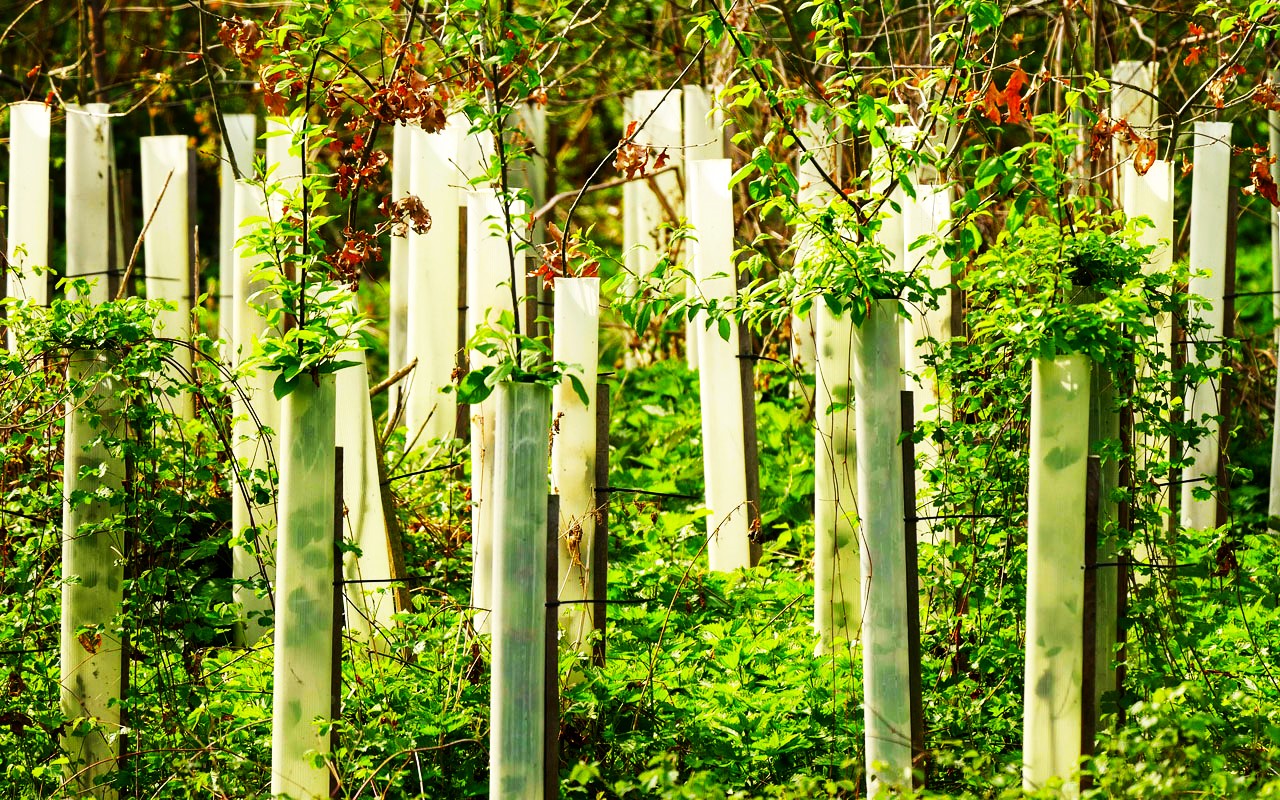What is Flagging In Trees: Tree Branch Flagging
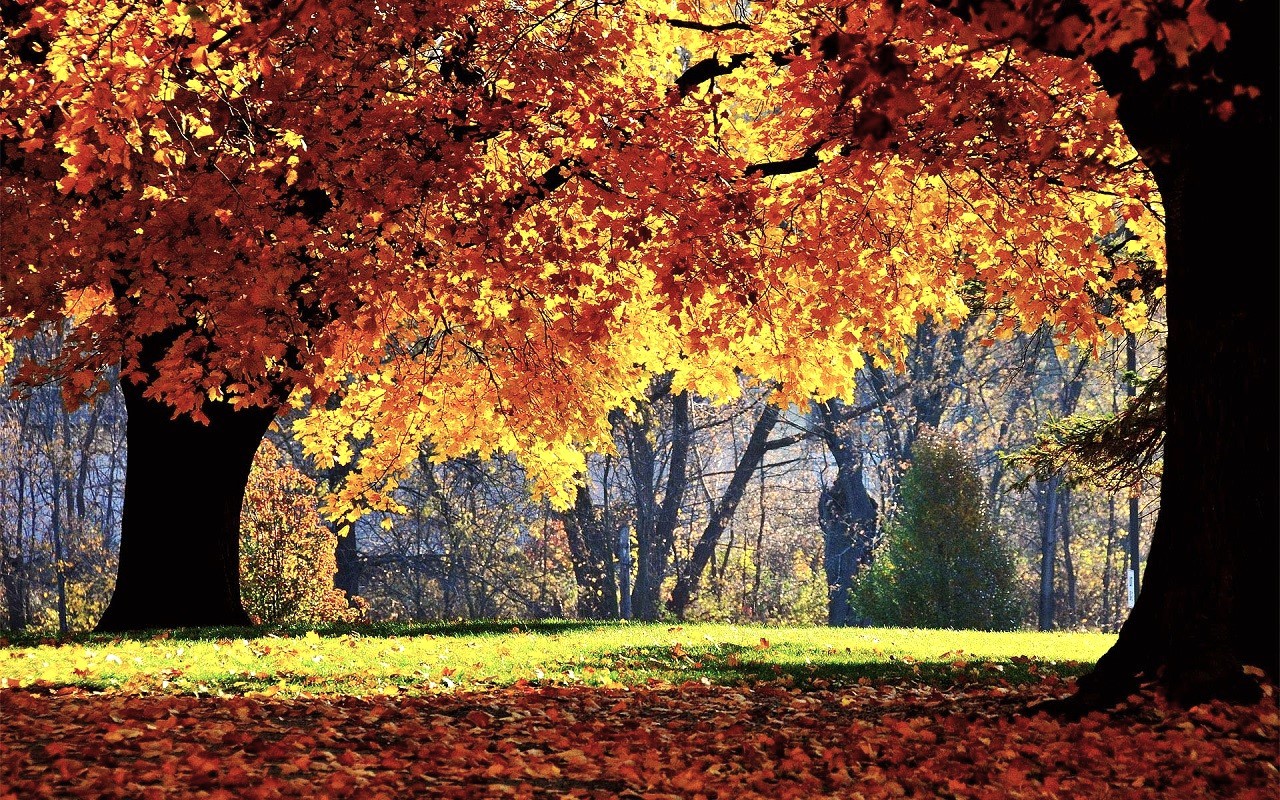
Flagging tree branches is an unsightly sight. Describe branch flagging. It’s a disease whereby sporadic brown and dead tree branches occur throughout the crown of the tree. A number of pests can result in flagging. Continue reading for more details on tree branch flagging, including the various reasons why flagging can harm trees.
Branch flagging: What is it?
When a tree’s branches wilt, become brown, or die, it’s known as “tree branch flagging.” Typically, the branches are not arranged in a single group. Instead, they might be dispersed throughout the tree’s crown. Cicada insects may be the cause of flagging in trees. The females crack open the bark of small, newly formed tree branches with a sharp appendage on their abdomens in order to lay their eggs. The young, damaged branches may then break off and fall to the ground due to wind. Tree branch flagging by cicadas can produce copious amounts of tree litter in your backyard, but it won’t harm hardy specimens. Healthy branches will bounce back and continue to expand. To address the damage caused by cicadas to trees through flagging, remove the impacted branches. When the tree is dormant, carry out this task and burn the debris.
Noting Tree Damage from Unrelated Sources
Tree branch flagging can be caused by more than just cicadas. The sap-feeding insects known as Kermes scales, which harm a variety of oak species, can also cause flagging in trees, including oaks. These scale insects, which are tan or brown, resemble tiny globes fastened to twigs. Apply the proper insecticides to the area. Twig pruners and girdlers can also inflict flagging damage to trees. These are the two kinds of beetles that prey on hardwood trees like oaks and hickory. By gathering up and burning all of the fallen twigs and branches, you can reduce the amount of flagging damage that these beetles cause to trees. A fungus called botryosphaeria canker is another reason why trees flag. Oak twigs are typically affected by Botryosphaeria canker, which causes the leaves to bend inward toward the twig.
The leaves typically remain on the twig, but they eventually turn brown. There is no need for treatment for this minor cause of flagging in trees. Black walnut is also harmed by the invasive pest known as thousand cankers disease. Since this is a more serious condition, specialized care might be needed. Bring a sample of the flagging to your local garden center and inquire about ideas.

